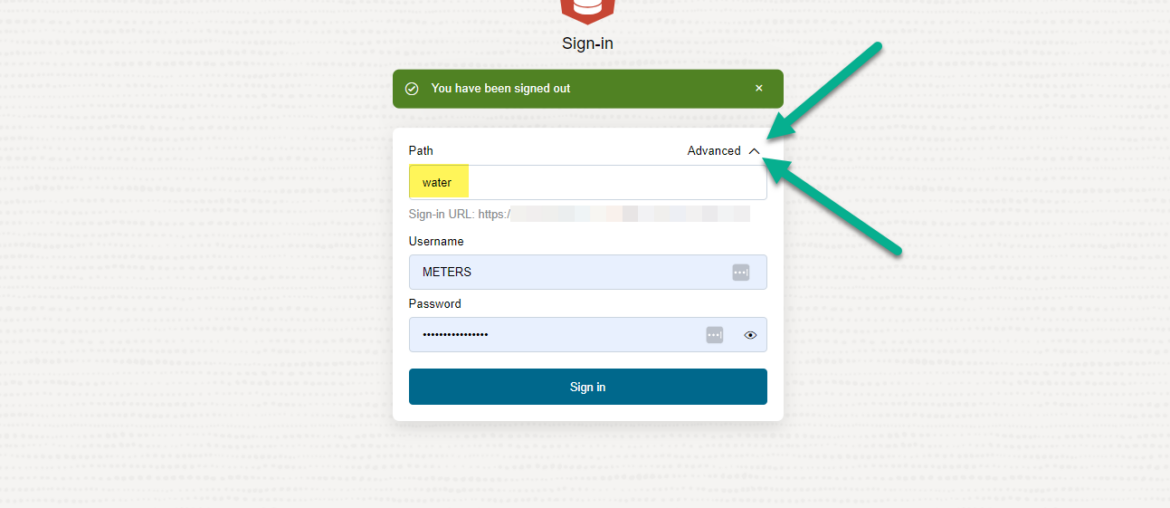Oracle SQL Developer Web (and everything else) is now available!

Oracle SQL Developer Web (and everything else) is now available!
A quick look at SQLcl in Oracle Cloud in a Compute Instance, and a sneak peek at SQL Developer Web version 19.4.
APEX 19.2 has a very nice new feature for you to play with – Faceted Search!
Oracle SQL Developer Web version 19.2.1 is now live in your Oracle Autonomous Cloud Services.
Even more video content for Oracle REST Data Services via the oraclebase YouTube channel.
Batch load your Oracle Autonomous Database TABLEs with ORDS TABLE REST APIs – with no code to write or maintain!
How to get Oracle SQL Developer to support your PL/SQL files with a .pkg file extension.
Quick overview and demo of the LOAD command in Oracle SQLcl for quickly taking CSV and loading as new rows in an Oracle Database table.
Making the UI readable in Oracle SQL Developer (using Java 11/12).
Another quick video demonstration of a new feature in Oracle SQL Developer version 19.2 – we refactor your SQL for you, ANSI or Oracle style JOINS!